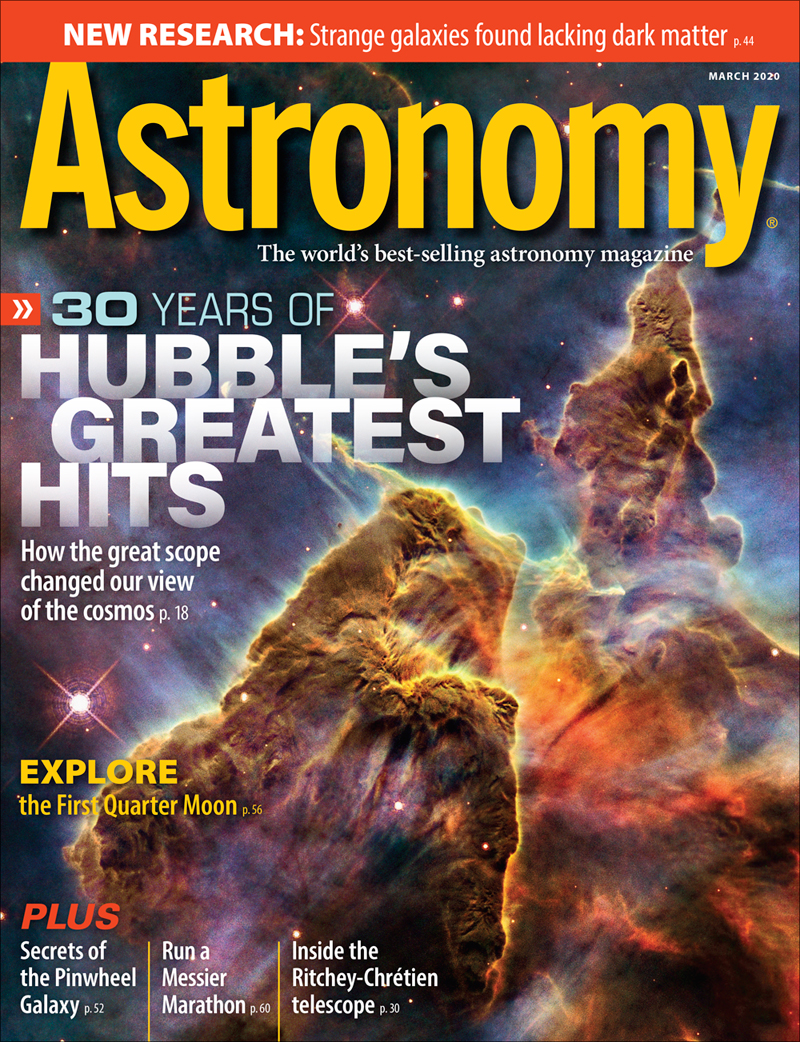

In 1995, astronomers had detected only one planet around a Sun-like star.
Today, we have discovered more than 4,000 extra solar planets. Of those, only about 50 are considered habitable by the most optimistic projections, meaning they could have liquid water and a rocky surface. And only about 20 likely have Earth-like temperatures.
So, if we decided to send off a probe to chart other habitable planets — or somehow even visit them, ourselves — where would we go? Here are a few of the nearest places, as of those known October 2019.
John Wenz is currently digital producer at Knowable Magazine and a former associate editor at Astronomy magazine.
Proxima Centauri b might appear Earth-like, but it is tidally locked: One hemisphere forever faces its star, while the other sits in eternal darkness. The best region for life lurks along a narrow crescent at the border between the daytime and nighttime side.
Star type: Red Dwarf
Habitable planets: 1 (b)
Mass: 1.27 Earths
Orbit: 11.2 days



In this free download, we explore the interest in exoplanets and the science behind exoplanet discovery.
DOWNLOAD NOW
Enjoy the view from TRAPPIST-1e during a planet-hopping excursion through the TRAPPIST-1 system with this souvenir style tourist poster.



Enjoy the view from TRAPPIST-1e during a planet-hopping excursion through the TRAPPIST-1 system with this souvenir style tourist poster.


Each quarterly Space & Beyond Box features a collection of 5-7 specially curated space-themed items at a savings of over 30% off retail prices. The Box includes intriguing, high quality items and exclusive products not available anywhere else! It’s a space lover’s dream come true.
Free Shipping for a Limited Time!
Perfect for astronomers at any level, Astronomy magazine offers you the most exciting visually stunning thorough, and timely coverage of the heavens above. Each monthly issue includes expert science reporting, vivid color photography, complete sky-event coverage, spot-on observing tips, informative telescope reviews, and more.


Perfect for astronomers at any level, Astronomy magazine offers you the most exciting visually stunning thorough, and timely coverage of the heavens above. Each monthly issue includes expert science reporting, vivid color photography, complete sky-event coverage, spot-on observing tips, informative telescope reviews, and more.